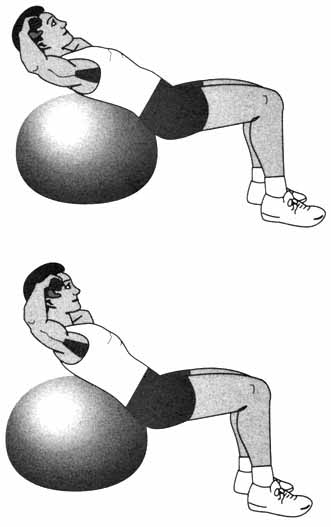Losing weight can be a challenge, especially if you have many pounds to shed. It can be difficult to sift through all the fad diets, and downright dangerous supplements and pills on the market today. How do you know what works and what doesn’t? Whom should you believe?
Here are 10 no-nonsense tips for fast, healthy weight loss :
1) Drink 8-10 glasses of water each day - this helps flush your body of impurities and fat. You can also substitute a few glasses of water for green or herbal tea.
2) Break up your meals into 5 or 6 smaller ones - this will help speed up your metabolism and keep you from getting too hungry in between meals.
3) Increase your fruit and vegetable intake - these are packed with vitamins.
4) Decrease your fat intake - try for no more than 20 grams per day.
5) Exercise for 30 minutes each day - take a walk, or play a game with your kids. Just get moving.
6) Find a hobby - take up knitting or painting to keep your hands busy.
7) Don’t eat that late night snack - Try not to eat for at least 2 hours before going to bed.
![]() Listen to your body - your body will tell you when it is full, hungry, stressed, tired. Learn the signs and obey what your body is telling you.
Listen to your body - your body will tell you when it is full, hungry, stressed, tired. Learn the signs and obey what your body is telling you.
9) Increase your fiber - choose whole grain pasta and bread.
10) Cleanse and detoxify - this may be the most important. Rid your body of harmful toxins and chemicals, while allowing it to function normally.
Cleansing is an important part of long-term weight loss success. Our bodies are laden with insecticides, pesticides, lead, and dozens of other harmful substances. These chemicals clog our internal organs and our bodies respond by coating these chemicals with layers of fat.
One way to cleanse your body of harmful impurities is by using Acai Berry. This fruit is a nutritional powerhouse and will get your body functioning normally again, so it can fight illness and disease. It will also allow your body to burn calories and fat faster and more efficiently. You will see a faster rate of weight loss, and you will be able to keep it off.
 What is the myth behind the low-fat diet?
What is the myth behind the low-fat diet?

